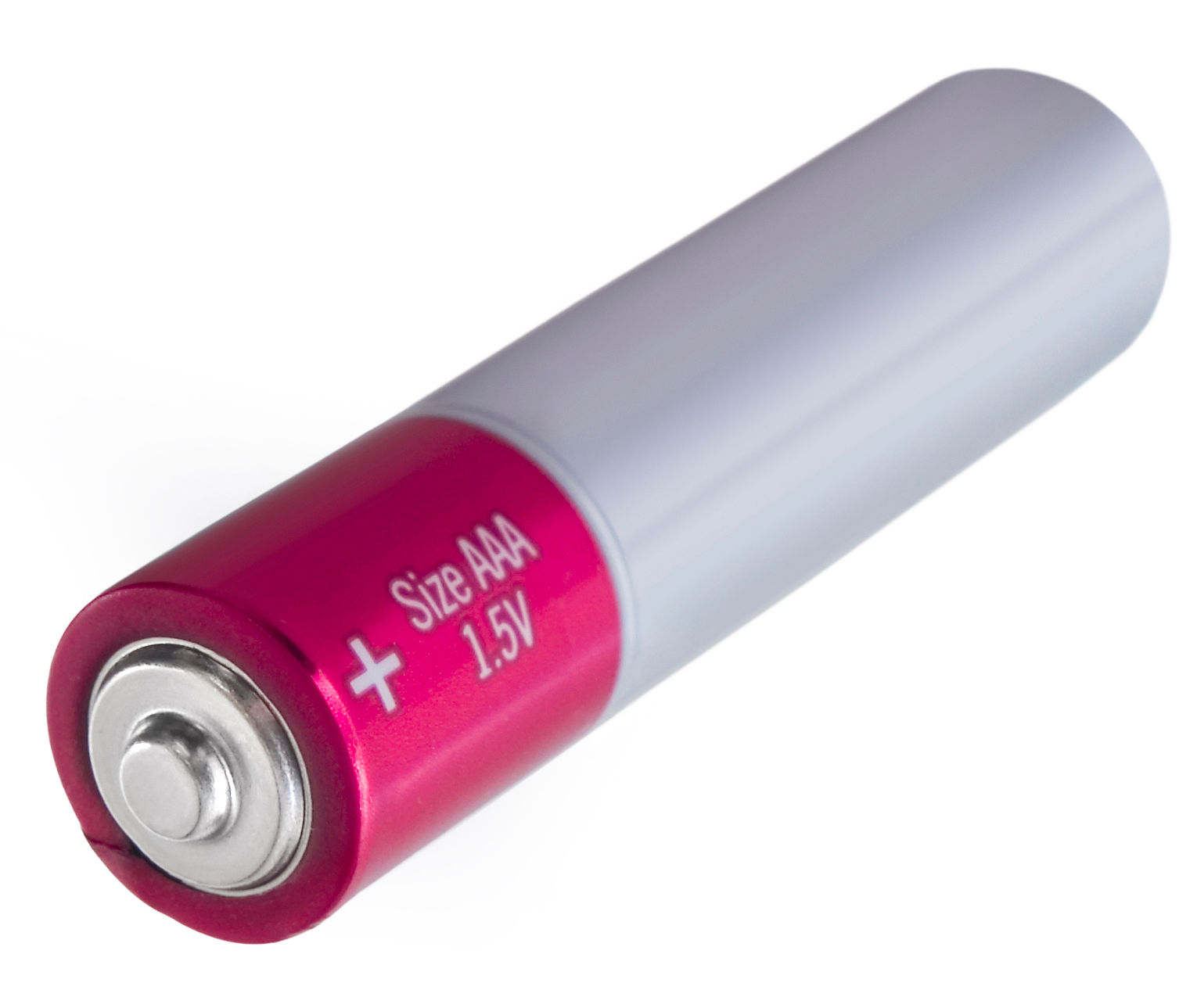DIY: Building Your Own 48V 280ah LiFePO4 Battery for Off-Grid Living
Introduction to DIY LiFePO4 Batteries
In the pursuit of sustainable living, off-grid solutions have become increasingly popular. One crucial component of an off-grid system is a reliable battery bank. Building your own 48V 280ah LiFePO4 battery can be a cost-effective and rewarding project, providing you with a robust energy storage solution.
LiFePO4, or Lithium Iron Phosphate, batteries are known for their safety, longevity, and efficiency. These attributes make them ideal for off-grid applications where reliability is key. In this guide, we'll walk you through the steps to construct your own battery bank, ensuring you have the power you need for your off-grid lifestyle.

Gathering Your Materials
Before diving into the assembly process, it's essential to gather all necessary materials and tools. Here's a list of what you'll need:
- LiFePO4 battery cells (48V, 280ah)
- Battery Management System (BMS)
- Battery cables and connectors
- Heat shrink tubing and electrical tape
- Multimeter and voltage checker
- Screwdrivers and wrenches
Ensure that all components are compatible and of high quality to avoid potential issues down the road. Acquiring high-grade materials will be beneficial in achieving optimal performance from your battery bank.
Understanding Battery Management Systems
The Battery Management System (BMS) is crucial in maintaining the health of your LiFePO4 battery. It monitors the voltage and temperature of each cell, balancing them during charging and discharging cycles. This not only prolongs the battery's lifespan but also ensures safe operation.

Assembly Process
Once you have all your materials, you can start assembling your battery. Follow these steps carefully:
- Arrange Your Cells: Begin by laying out your LiFePO4 cells in series to achieve a 48V configuration. Ensure they are securely positioned to prevent movement.
- Connect the Cells: Use battery cables to connect the cells in series. Secure connections with appropriate connectors and ensure there are no loose ends.
- Install the BMS: Connect the BMS to monitor your battery's health. Follow the manufacturer's instructions for accurate installation.
- Insulate and Secure: Use heat shrink tubing and electrical tape to insulate all connections. Secure all components within a sturdy enclosure.
Double-check all connections to ensure they are correct and secure before proceeding to test the battery.

Testing Your Battery
After assembly, it's vital to test your battery to confirm everything is functioning correctly. Use a multimeter to check the voltage across the terminals, ensuring it reads around 48V. Test each cell's voltage to verify balance and use the BMS app or display to monitor system health.
If any readings are off, troubleshoot by checking connections and ensuring the BMS is functioning correctly. Proper testing guarantees your battery is ready for reliable use in an off-grid setup.
Conclusion: Embracing Off-Grid Independence
Building your own 48V 280ah LiFePO4 battery is a rewarding endeavor that offers independence from traditional power sources. By following this guide, you'll have a reliable energy storage system that supports sustainable living.
This DIY project not only saves costs but also empowers you with knowledge about your energy system. Embrace the journey towards off-grid independence with confidence, knowing you've created a robust power solution tailored to your needs.
